Beyond Steel or Gold, Unusual Materials Used for Watch Cases
Beyond the familiar metals that are steel or gold are more unconventional materials that can really make a difference.

Stainless steel, whether 316L or 904L, is now the most common metal for modern watch cases and bracelets. There’s a good reason for this: it’s robust, highly corrosion-resistant, easy to machine and polish, and very affordable. By and large, it’s the perfect watch case material. Gold and platinum are the go-to precious metals for cases with the latter being more exclusive and expensive (partly due to the difficulty of machining). Outside of this box, however, are more unusual materials that can really set a watch apart, regardless of price, and turn the ordinary into something extraordinary. This won’t be an exhaustive list, but it will highlight six materials that stray from the norm to make a case (and sometimes bracelet) truly special.
Bronze
Bronze is not a pure metal like iron or gold, but rather an alloy of copper and tin (and/or aluminium). It was first used during the aptly named Bronze Age, which goes back to around 3300 BC, when it was discovered that a blend of copper and tin formed a harder, more durable metal than copper alone for tools and weaponry, and it did change the world. The actual use of bronze dates even further back to around 4500 BC in Serbia, but it would be another millennium before widespread use began. In modern times, it’s prized for resistance to saltwater corrosion and has many marine applications. It’s easy to work with, antimagnetic, almost completely resistant to sparking in flammable environments and has a high aesthetic quality despite not being classed as a precious metal.
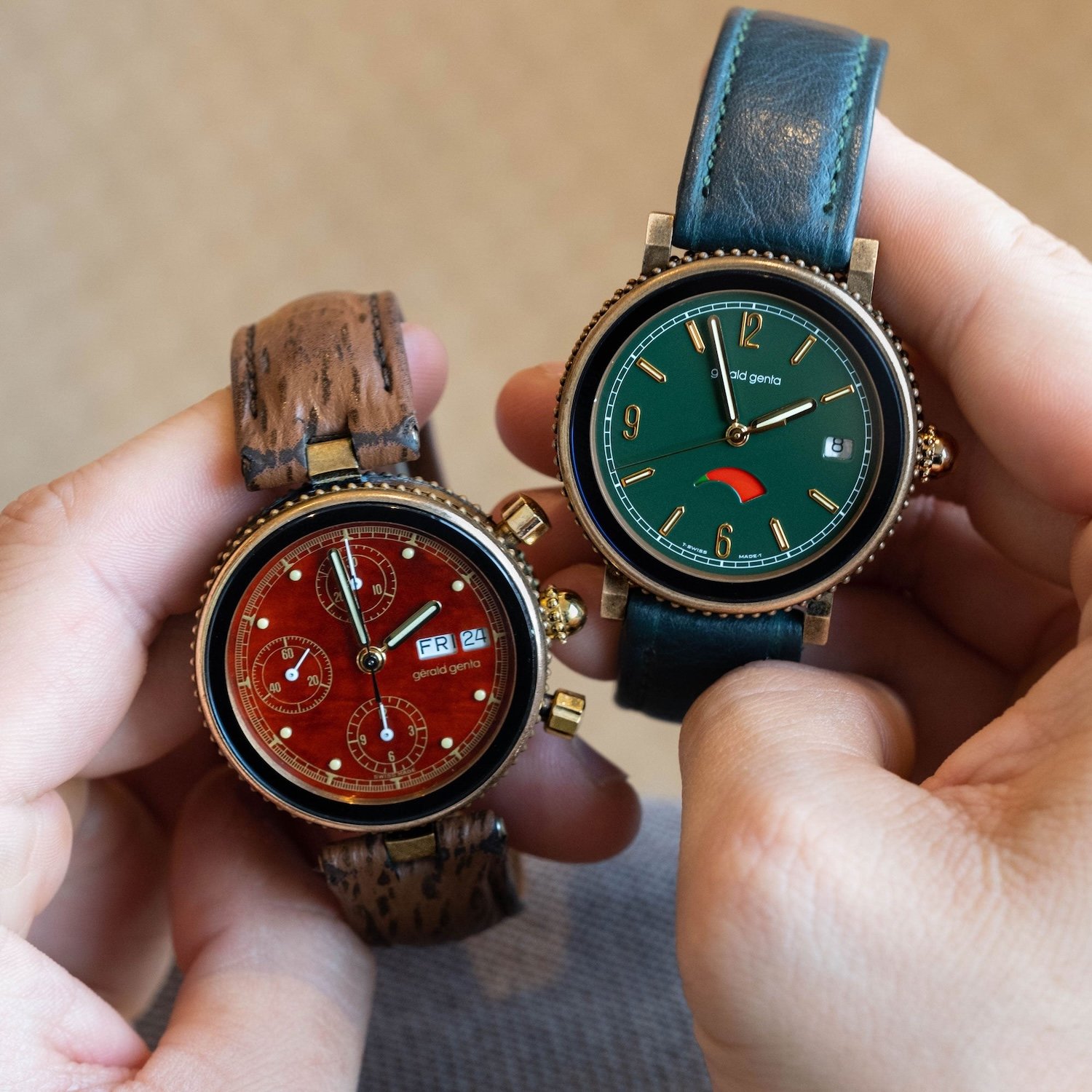
Its ease of manufacturing, high corrosion resistance and aesthetic qualities make bronze ideal for watch cases, and it’s increasingly common today as brands continue to embrace the material. Bronze was popularised by Panerai’s Bronzo series of watches, which became a true statement back during the early 2010s, even though the brand had already experimented with the material back in the 1980s. One of the most disruptive names in the watch industry, Gérald Genta also experimented with bronze in the late 1980s with the Gefica watch.
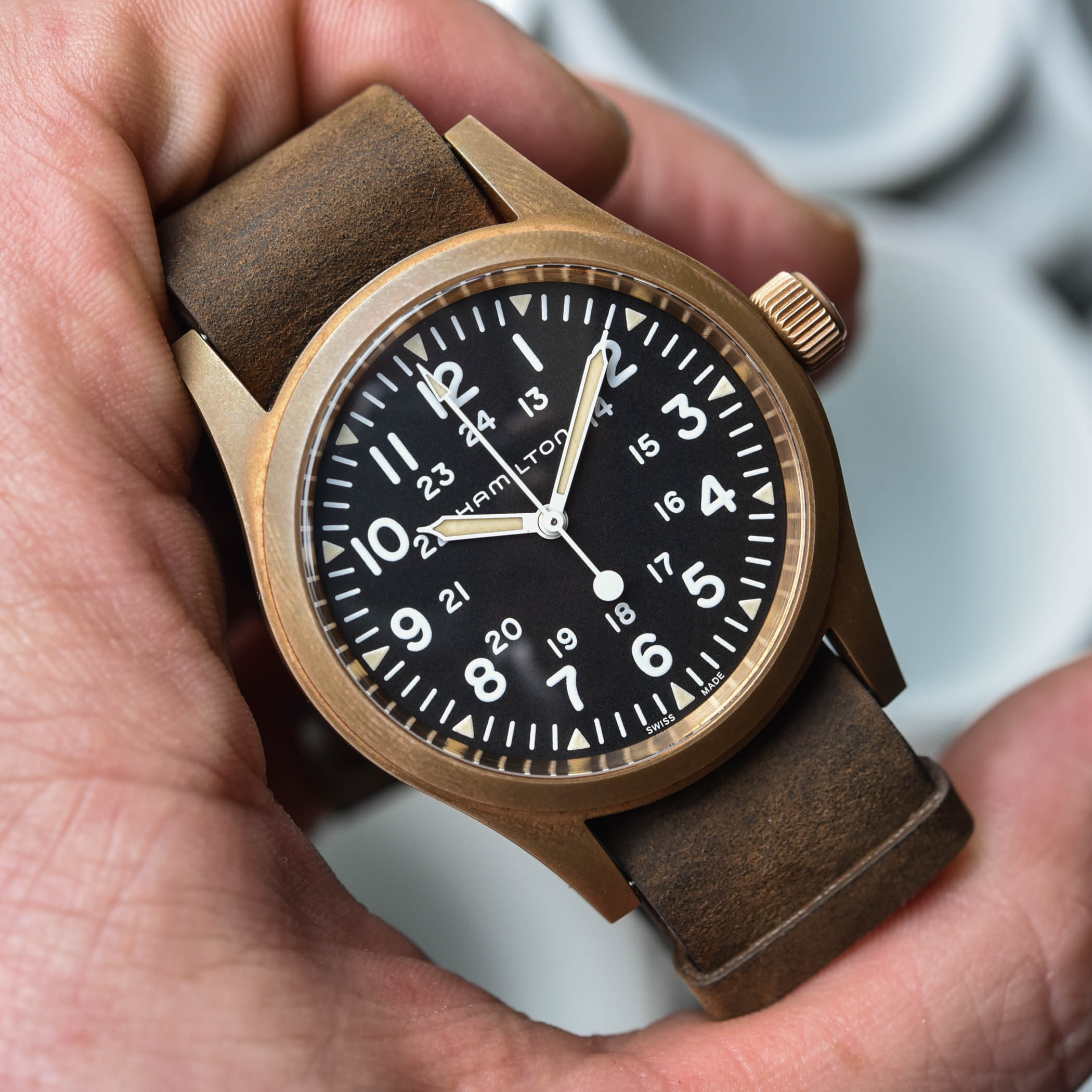
Oris is among the few watchmakers that have a growing portfolio of bronze cases AND bracelets, as most brands limit their offerings to just the case. That said, bronze bracelets are slowly becoming mainstream with watchmakers like Bremont releasing the Terra Nova Bronze Collection in 2025 and Tudor with the Black Bay Fifty-Eight Bronze, and so on. Although bronze is revered for its saltwater resistance, modern stainless steel is superior as it’s generally nonreactive and won’t lose its colour or sheen. Bronze will form a patina over time and discolour as it inevitably oxidises and forms a protective layer on the surface.
The most common bronze alloy for watchmaking today is a mix of copper and tin with added phosphorus (phosphor bronze) that has a warm colour that becomes a darker brown over time. A predominant mix of copper and aluminium (aluminium bronze) has a more golden hue and is both harder and more corrosion-resistant than phosphor bronze. Higher-end brands like IWC and Tudor tend to use aluminium bronze. Many choose bronze for its golden vibe that changes over time for a unique look, along with the weight that feels substantial. Again, it’s not a precious metal, but it does feel a bit more “special” than stainless steel.
Titanium
On the other end of the spectrum is titanium, a metal that’s incredibly lightweight, antimagnetic, durable, and completely corrosion-resistant. You’ll never have to worry about a patina forming with titanium. Use of the metal outside of controlled laboratory conditions began in 1932, and it was first commercially produced in 1948, leading to revolutionary jet aircraft designs as it soon became invaluable to the aerospace industry. The Lockheed SR-71 was an all-titanium jet aircraft that required a lightweight metal with extreme heat resistance. The plane remains the fastest conventional jet after six decades, with speeds exceeding Mach 3, which produced heat from air friction up to 480°C (900°F) – this would cause aluminium and other metals to fail. As better, more efficient production techniques brought prices down to a consumer level, the watch industry took notice.

In 1970, Citizen launched the first commercially available titanium watch, the Citizen X-8 Chronometer, although the material had been tested a few years before by Omega, with the Alaska Project watches made for NASA. Titanium is not only an expensive material, particularly in the early 1970s, but also notoriously difficult to work with. For starters, it’s gummy when cut and can stick to machining heads, requiring specialised tools and techniques. It also causes machining tools to get very hot as the metal doesn’t dissipate heat. Moreover, the surface being cut is prone to “work hardening”, which causes the immediate area to get even harder and more difficult to cut. Welding titanium requires very specific conditions, including a zero-oxygen environment and extremely clean surfaces. Titanium itself isn’t easy to extract, unlike gold and copper, as it’s found within other minerals, such as ilmenite and rutile. In 1910, the Hunter process became the first method to successfully produce titanium via high temperatures, acid, sodium and a bit of sorcery in a complex purification process. Before this, titanium was impure and not suitable for commercial applications. Invented by chemist Matthew A. Hunter, the Hunter process dominated until 1993, when the Kroll process became standard, which was conceived in 1940 by William Justin Kroll. By the early 2000s, virtually all titanium was produced via the Kroll process.
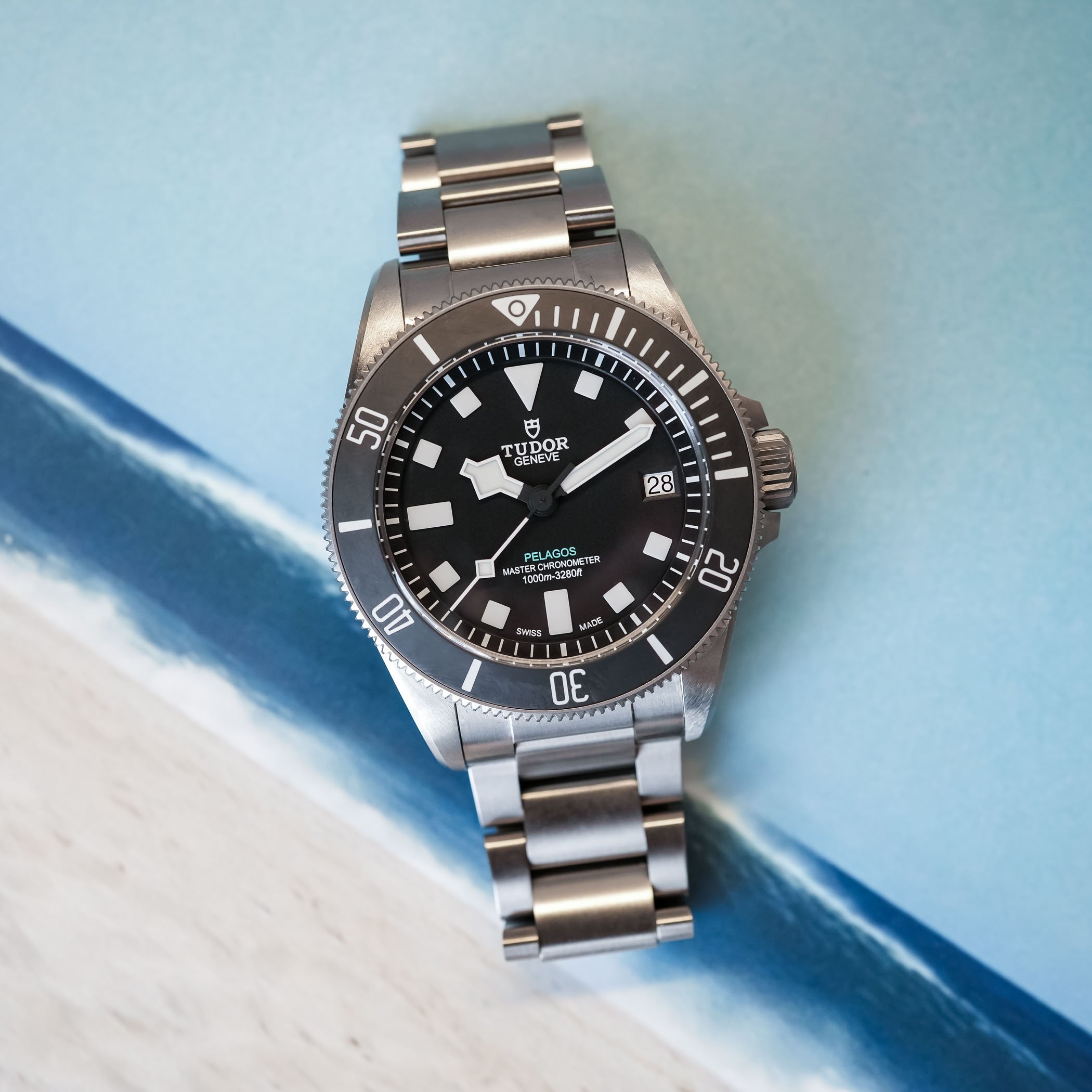

For watchmaking, titanium is a perfect material, as it’s hypoallergenic, antimagnetic, corrosion-proof, and very lightweight, with a high strength-to-weight ratio (40% lighter than steel and stronger by weight). Recent examples include Horage’s Autark Tourbillon with a Grade 5 titanium case and bracelet, Hamilton’s Khaki Field Titanium 36mm with a Grade 2 titanium case and Citizen’s Super Titanium with Duratect to significantly harden the surface. These three examples demonstrate that various types of titanium are utilised in the industry. Grade 2 is a commercially pure titanium and the most common type (particularly at lower price points), while Grade 5 is a titanium alloy (like stainless steel) with 6% aluminium and 4% vanadium, resulting in a stronger and harder variant that’s consequently more expensive to work with. Citizen’s Duratect treatment can be used with any titanium variant and increases the Vickers hardness of Grade 5 at 400 to over 1,000 for superior scratch resistance.
Silver
Silver used to be a common case material when pocket watches were the dominant timekeepers in the 18th and 19th centuries, but fell out of favour as superior and less expensive steel alloys took over. In many ways, stainless steel mimics silver without the issues of tarnishing and scratches/dents, as silver is much softer. However, silver continues to have a niche following and provides a precious metal alternative to more expensive gold and platinum. Just like 24k pure gold, which is too soft for watches and jewellery, pure silver isn’t used. Sterling silver, an alloy with 7.5% copper or other metals, is the stronger, more feasible option (comparable to 18k gold in practicality). As far as metals other than copper, some watchmakers like Tudor use a special (not fully specified) blend in the 7.5% of sterling silver to help it resist tarnishing over time, although, unlike gold, it’s still going to tarnish to some degree.
Modern examples include Tudor’s Black Bay Fifty-Eight 925 (925 referring to 92.5% pure sterling silver), but few watchmakers toy with the metal today. Halcyon’s Origin collection also features sterling silver cases, as do some Tiffany women’s models; however, stainless steel has largely replaced the metal. Most watchmakers opt for white gold or platinum for precious (silver coloured) cases and bracelets, although at a higher price.
A quick note: German silver is a term often associated with watchmaking and is used for dials, movement plates and bridges, but it doesn’t actually contain silver. It’s an alloy of copper, nickel, and zinc, and has a nice silver sheen, but is a completely different metal, known as argentan or maillechort in French.
Ceramic
Ceramic shares many of titanium’s advantages for watch cases and bracelets – it’s lightweight, hypoallergenic, antimagnetic and very durable, but can also be made in a variety of rich colours that won’t fade over time like other materials and coatings. Don’t let the name fool you – ceramic watch case composition is very different and more advanced than heat-fired pottery clay, although porcelain is sometimes used for watch dials. Often referred to as high-tech ceramic, watch ceramics are usually comprised of zirconium oxide (most common) or aluminium oxide.
In a nutshell, a high-tech ceramic powder (containing metal oxides and carbides) is pressed into a mould and subjected to extremely high temperatures – a process known as sintering. The solid pieces are then finished and/or polished. Colours are part of the original mixtures, so they can’t be scratched from the surface and won’t corrode or fade from weather, UV exposure, etc. Unlike titanium and other metals, ceramic can crack or even shatter from a significant impact, but it’s a rare issue with today’s advanced materials and techniques. Ceramic can also be finished to resemble metal (polished, blasted, or brushed surfaces are possible), providing all the advantages of the material with the aesthetics of steel or precious counterparts.
Rado has been a real pioneer in high-tech ceramics and dedicates a sizable portfolio to the material. In 1962, Rado introduced the ceramic DiaStar (recently re-edited), although that’s a loose interpretation as it was comprised of a metal and ceramic hybrid called tungsten carbide. The material, however, allowed Rado to market it as the first scratch-proof watch. In the early 1980s, Omega used a similar material called Cermet for a limited-edition Seamaster, but it was IWC in 1986 that launched the first true ceramic watch (zirconium oxide), the Da Vinci Perpetual Calendar Chronograph (ref. 3755). Today, Rado calls its ceramic Plasma High-Tech Ceramic, which mixes finished white high-tech ceramic with carbon, giving it a metallic sheen that (as mentioned above) provides the look of metal – polished, brushed or matte – with the advantages of ceramic.
Many brands today use high-tech ceramic, as production has become cost-effective and widespread, and even microbrands have been embracing the material with surprisingly accessible prices.
Carbon Fibre
This non-metallic material is even lighter than titanium and offers outstanding durability while being completely antimagnetic and resistant to corrosion. The history of the material is interesting, and watchmaking came late in its development. The first carbon fibres were developed by Joseph Swan in 1860 for use in early lightbulbs. It was in 1958, however, that the familiar carbon fibre material was created by Roger Bacon by carbonising strands of rayon with heat, although the resulting material only contained around 20% carbon. Richard Millington achieved 99% purity in 1960 with a patented process that utilised rayon as a precursor. Rolls-Royce soon made carbon fibre compressor blades for jet engines, demonstrating the material’s high strength and durability (although it proved vulnerable to bird strikes).
Today, carbon fibre is typically made from a synthetic liquid polymer, usually polyacrylonitrile (PAN), which is spun or extruded through miniature holes to form long, thin filaments. They’re stabilised with moderate heat and then carbonised with extreme heat (1,000–3,000°C) in an oxygen-free environment, so it doesn’t burn, which removes most of the non-carbon elements. Special treatments are applied to increase the surface area, and then it’s usually woven into a fabric. Once coated in resin, the fabric can be moulded into just about any shape, and the resulting material is five times stronger than steel and twice as stiff with just a fraction of the weight. Carbon fibre is common in the auto and motorcycle industries for lightweight body panels and components, and also popular in the aerospace industry for wings, helicopter rotor blades and so on.
Carbon fibre appeared in watchmaking in the 1990s, with brands such as Audemars Piguet leading the way with the Royal Oak Offshore, which also pioneered the use of forged carbon (2007). Since then, watchmakers have steadily included carbon fibre in their material lists. The lightweight, durable and corrosion-proof qualities are excellent for watch cases, although its lightness and aesthetic can also be a turnoff for some, as it feels insubstantial and can resemble plastic. Carbon fibre has distinctive weave patterns that vary depending on the manufacturing process, but the two most common are plain, which resembles a checkerboard, and twill, which features a distinctive diagonal pattern. There are many other patterns, such as fish weave or braids, but you’ll most likely see a form of plain or twill on cars, motorcycles and other performance machines.
Like titanium, prices for carbon fibre watches have a wide range, with affordable models from Victorinox and G-Shock falling below USD 1,500 (the G-Shock is well below USD 1,000), while the Zenith Defy Classic Carbon (with a carbon fibre bracelet) and Panerai Submersible QuarantaQuattro Carbotech approach USD 20,000. Of course, it’s not the material itself dictating such price discrepancies, but it’s always more expensive than steel.
Sapphire crystal
When we think of sapphire in watchmaking, it’s usually about the watch crystals. However, a relatively small number of brands make entire cases and even bracelets from sapphire, allowing for unfettered views of the movements. This is the most expensive type of case on the list, as sapphire is very difficult to machine; however, prices are slowly coming down. Early watch crystals were made from natural clear quartz, although they weren’t always perfectly clear. In the 19th century and well into the 20th century, mineral glass was the most common type of crystal, before acrylic began to dominate in the 1950s and continued to do so through the 1980s. Synthetic sapphire was invented in 1902 by Auguste Verneuil using his flame fusion process, but it was generally limited to jewel bearings (corundum) that were as hard and durable as natural counterparts, but less expensive.
In the late 1920s or early 1930s, the Jaeger-LeCoultre Duoplan was the first to utilise a sapphire crystal, but this was a very rare exception, as production costs were astronomical compared to alternatives. It wasn’t until the 1970s that sapphire crystals became widely available, thanks to improved and more economical production methods, although they were initially reserved for high-end watches, as acrylic and mineral glass still dominated the market. By the early 2000s, sapphire crystals had become the gold standard and were more common on accessible watches as costs decreased.
Sapphire is the best type of crystal as its hardness is second only to diamonds (9 on the Mohs hardness scale, with diamonds at 10), making it almost scratch-proof and much more resistant than mineral glass varieties. Acrylic is still used today for its shatter resistance, but it’s the most prone to scratches and scuffs (although many can be polished out, unlike glass and sapphire). Sapphire also has the best clarity, although it’s more reflective than glass and usually requires an anti-reflective coating (or multiple coatings) to counteract this.
Corum was the first watchmaker to showcase a sapphire case in 1985 with the Corum Bridge 1980. Designed by Vincent Calabrese, it was somewhat of an experiment, since milling a block of sapphire into a case was very difficult and time-consuming. It wouldn’t be until after 2010 that sapphire cases became more common, although they remain uncommon overall today. Richard Mille was an early pioneer with the RM-56 in 2012, a USD 1.65 million tourbillon chronograph with a sapphire case that took over 1,000 hours to machine. It’s generally considered the “sapphire watch that started it all”. The brand’s sapphire watches are limited to no more than 10 pieces and carry seven-figure prices, but recent sapphire watches from other brands are much more approachable.
Is there a winner?
Every material listed above has its advantages and aesthetic appeal, but all are more expensive than the tried-and-true stainless steel. Some will prefer bronze for its golden hue and patina that forms over time, while others like titanium for its lightweight yet metallic composition. Carbon fibre is even lighter, but perhaps too light for some, with a bit of a plasticky vibe. Silver has a rich history in watchmaking and is a good alternative to more expensive precious metals like gold and platinum, but it’s prone to tarnishing and softer than steel, and few brands continue to use it. If I were to choose a winner, it’d be high-tech ceramic with its versatile aesthetics (it can be matte, brushed or polished and made to resemble metal), exceptional corrosion and scratch resistance, and relatively affordable pricing. Titanium would be a close second, but ceramic offers more colour options and scratch resistance. Sapphire would be last, not because it isn’t nice (it’s arguably the most aesthetically pleasing and exotic), but it remains too expensive for the masses.

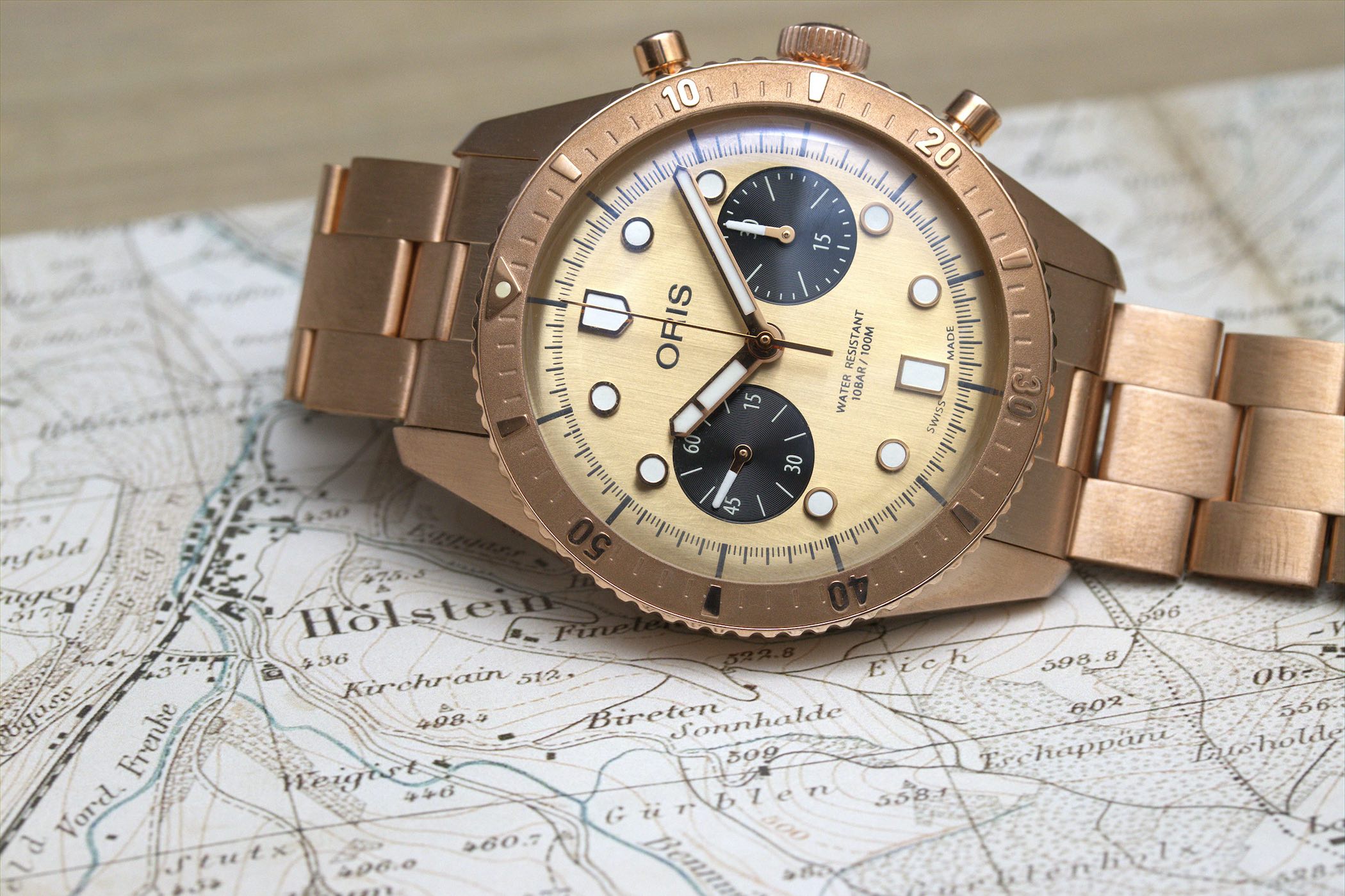
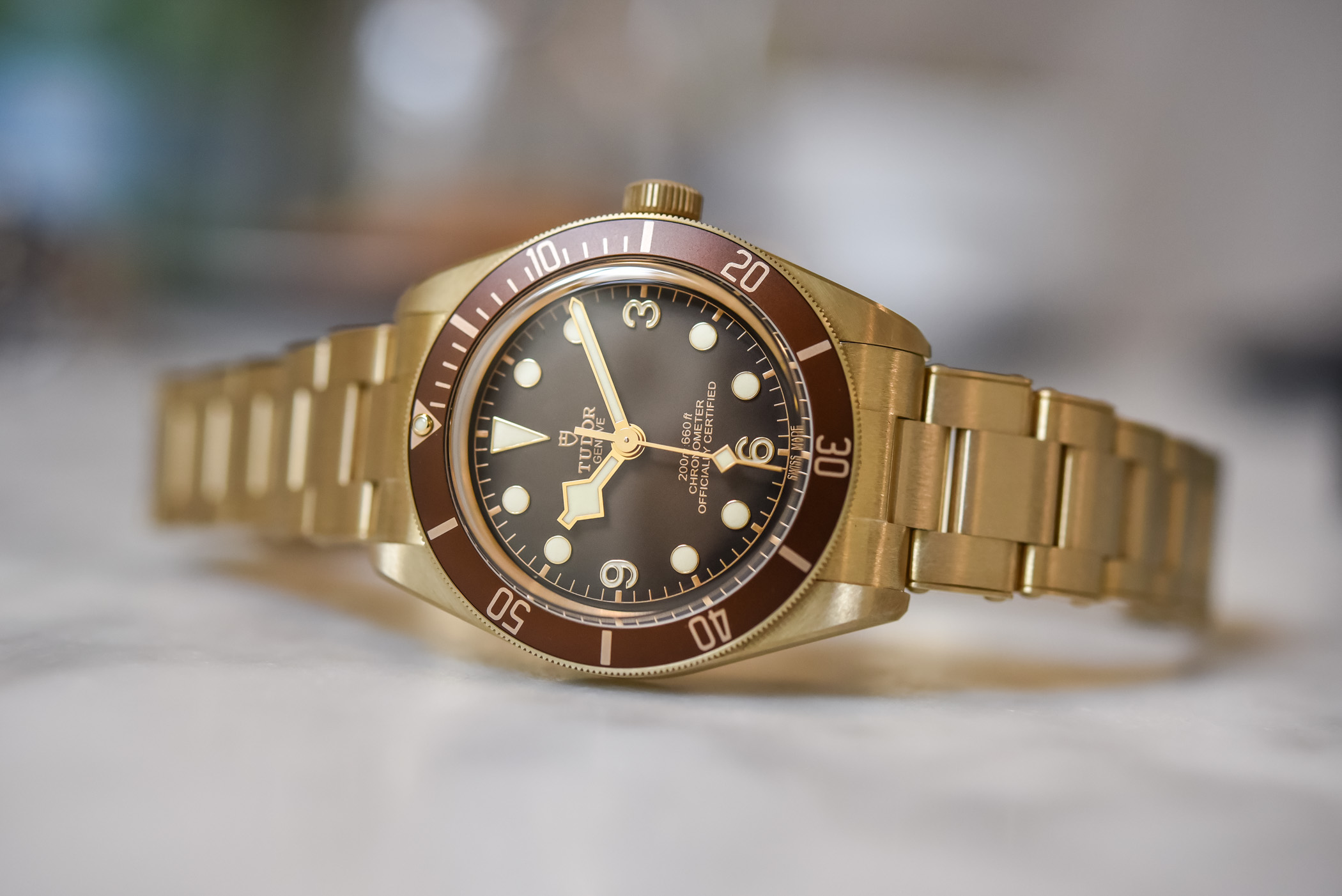
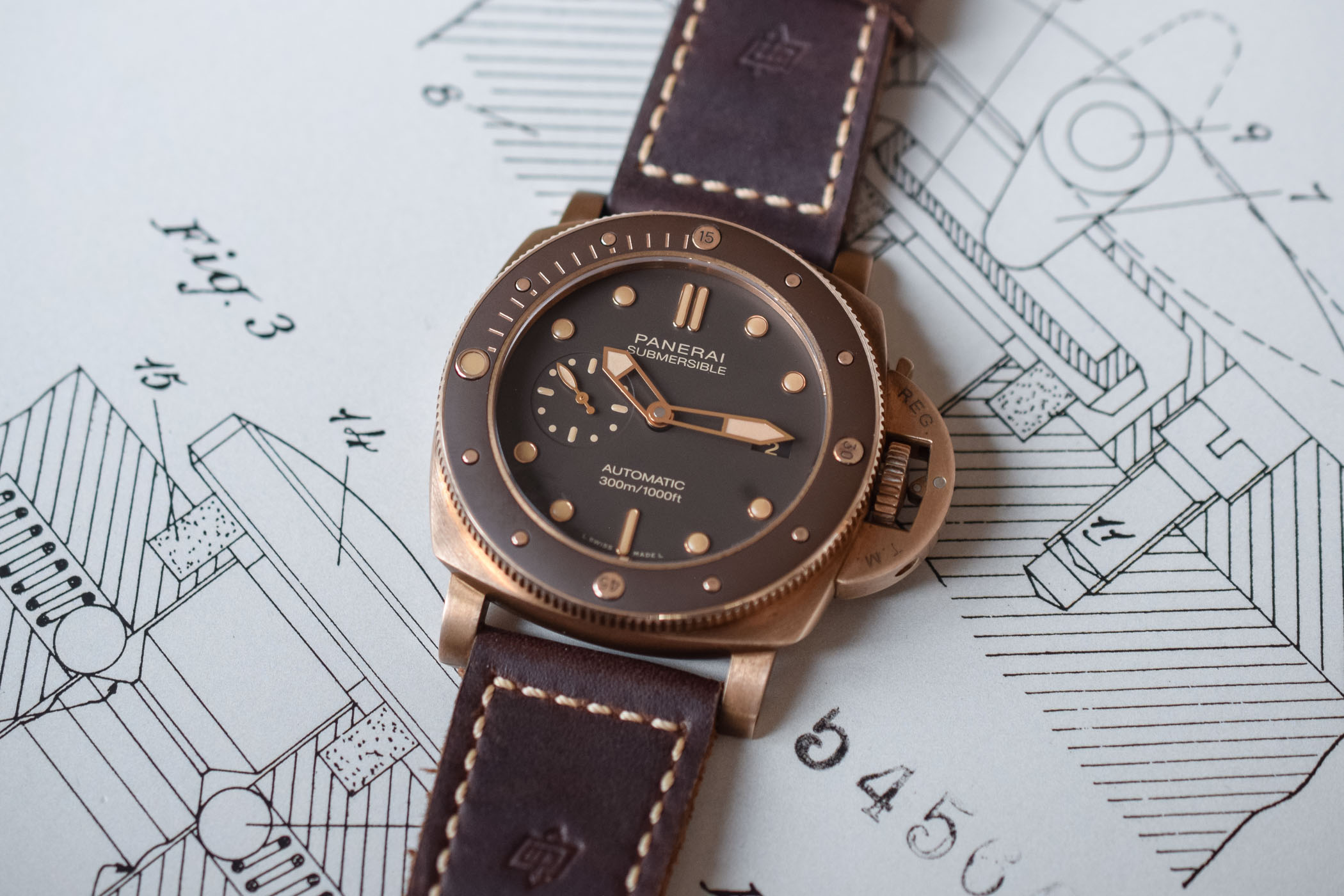

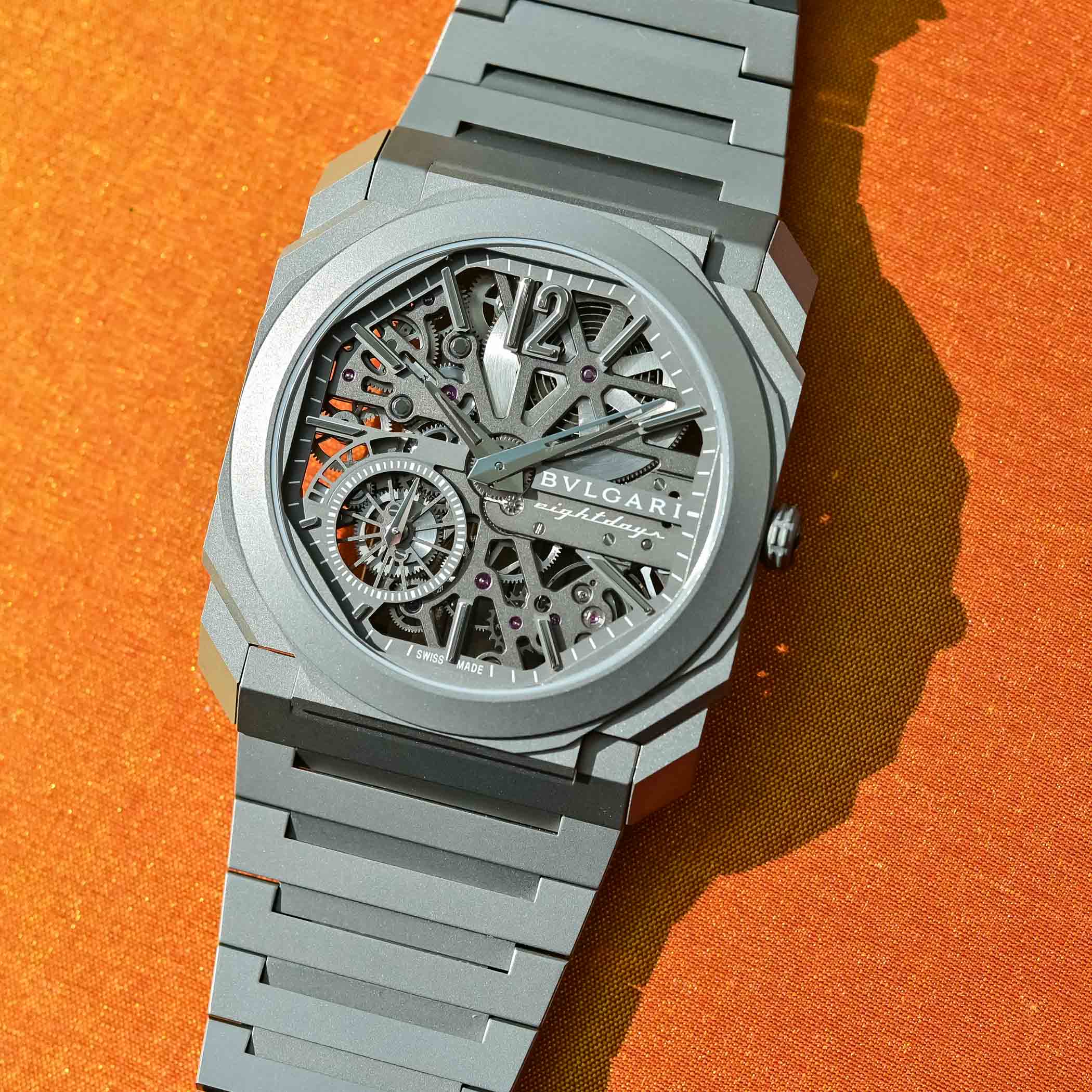


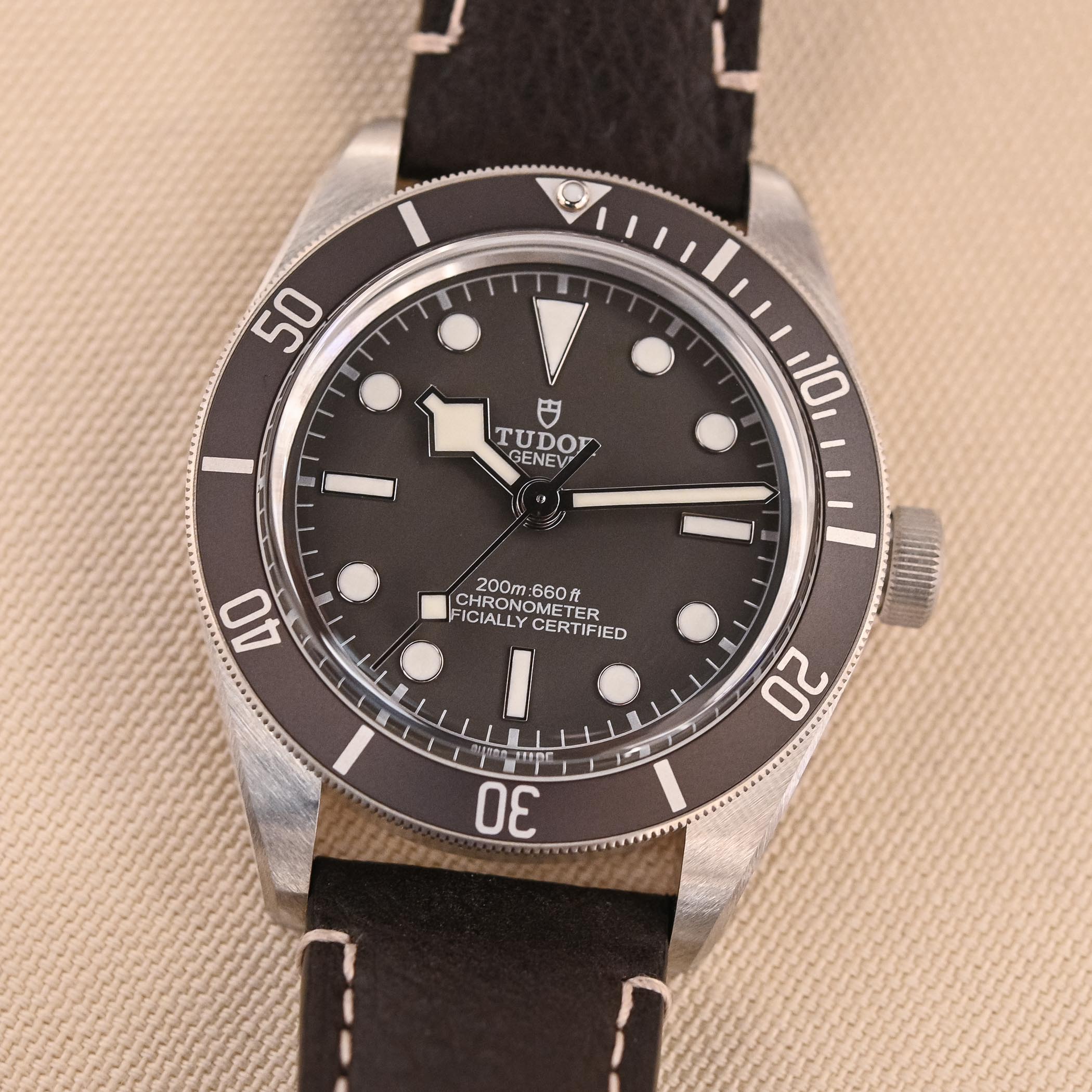
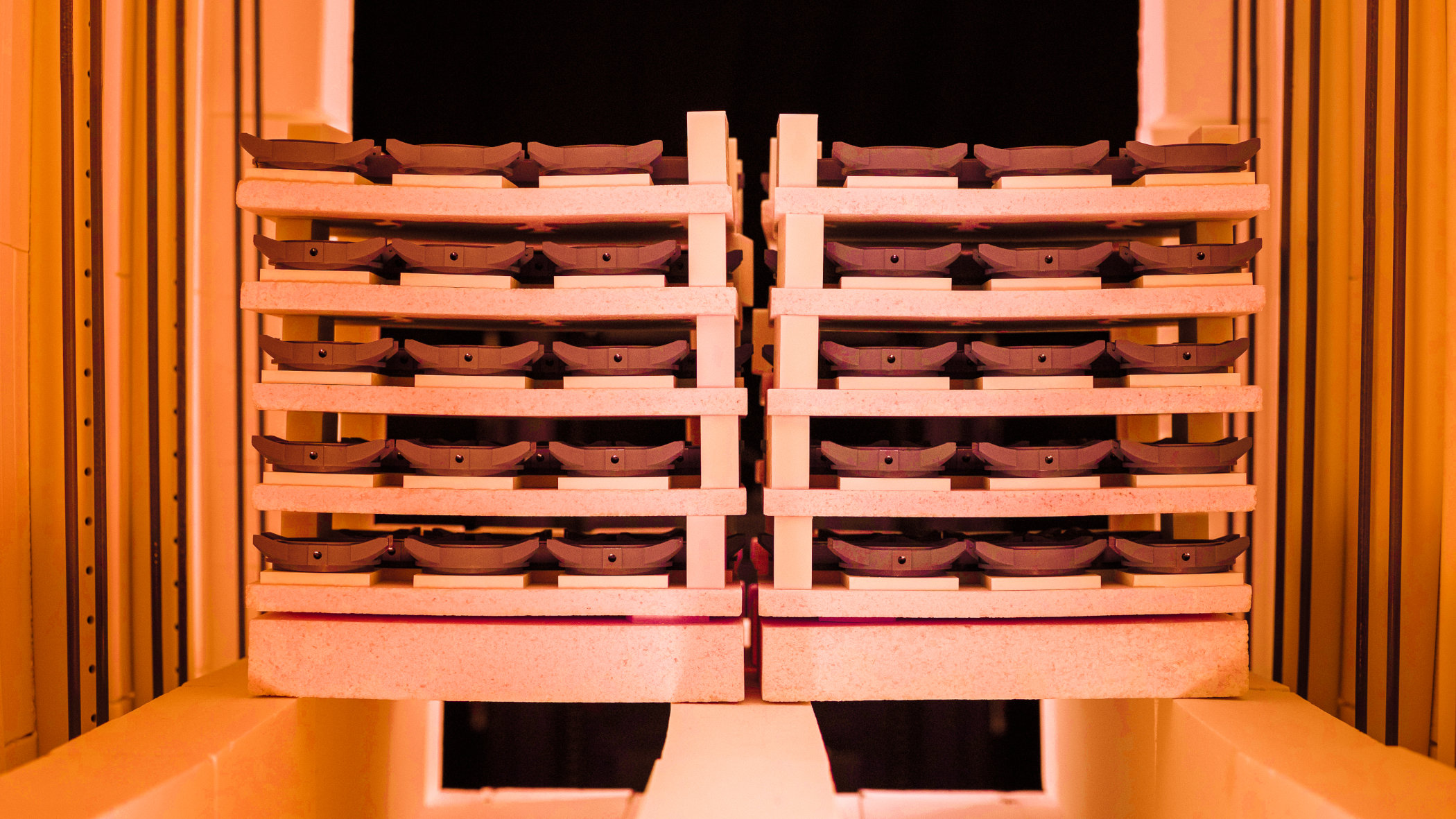
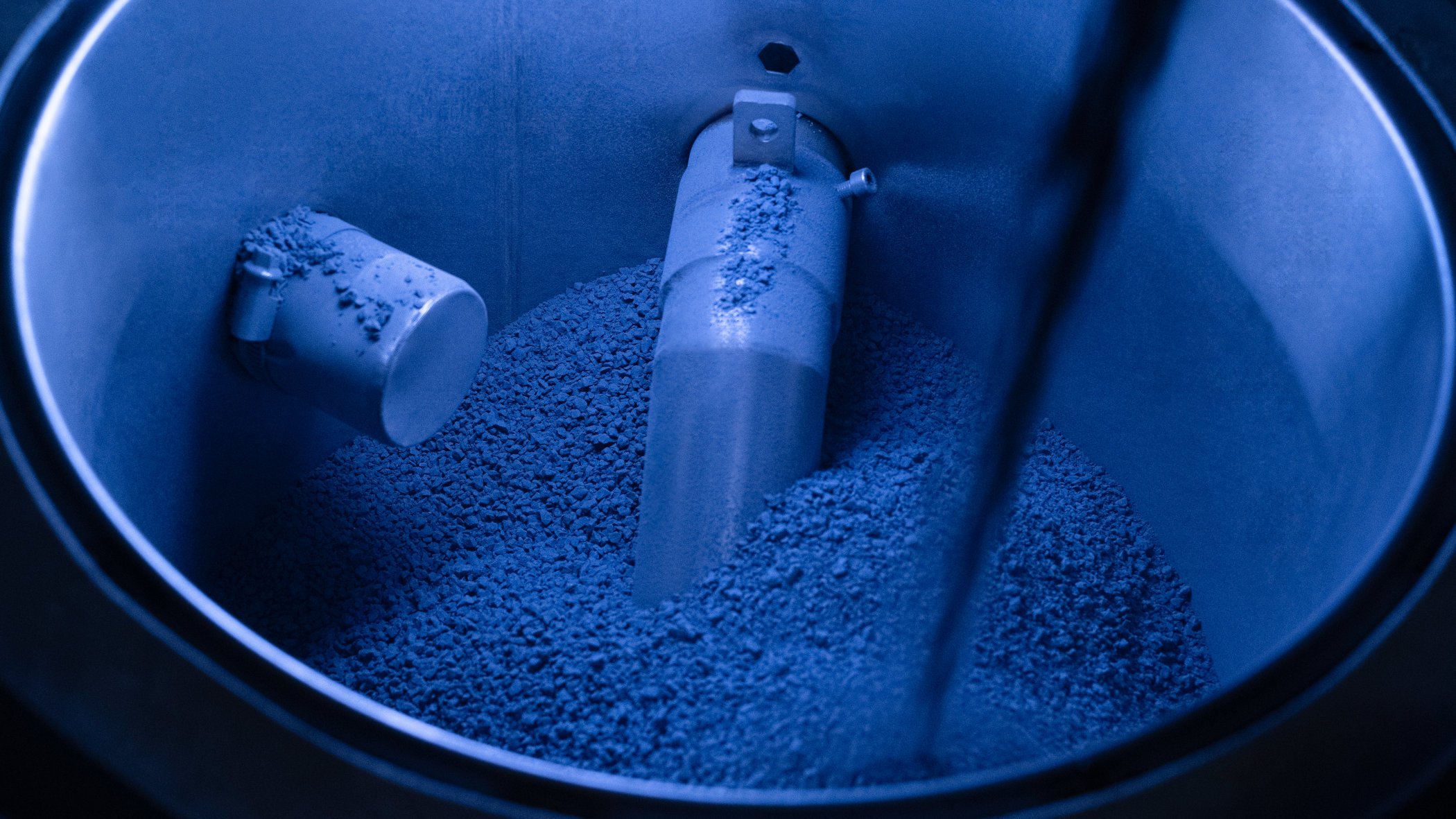
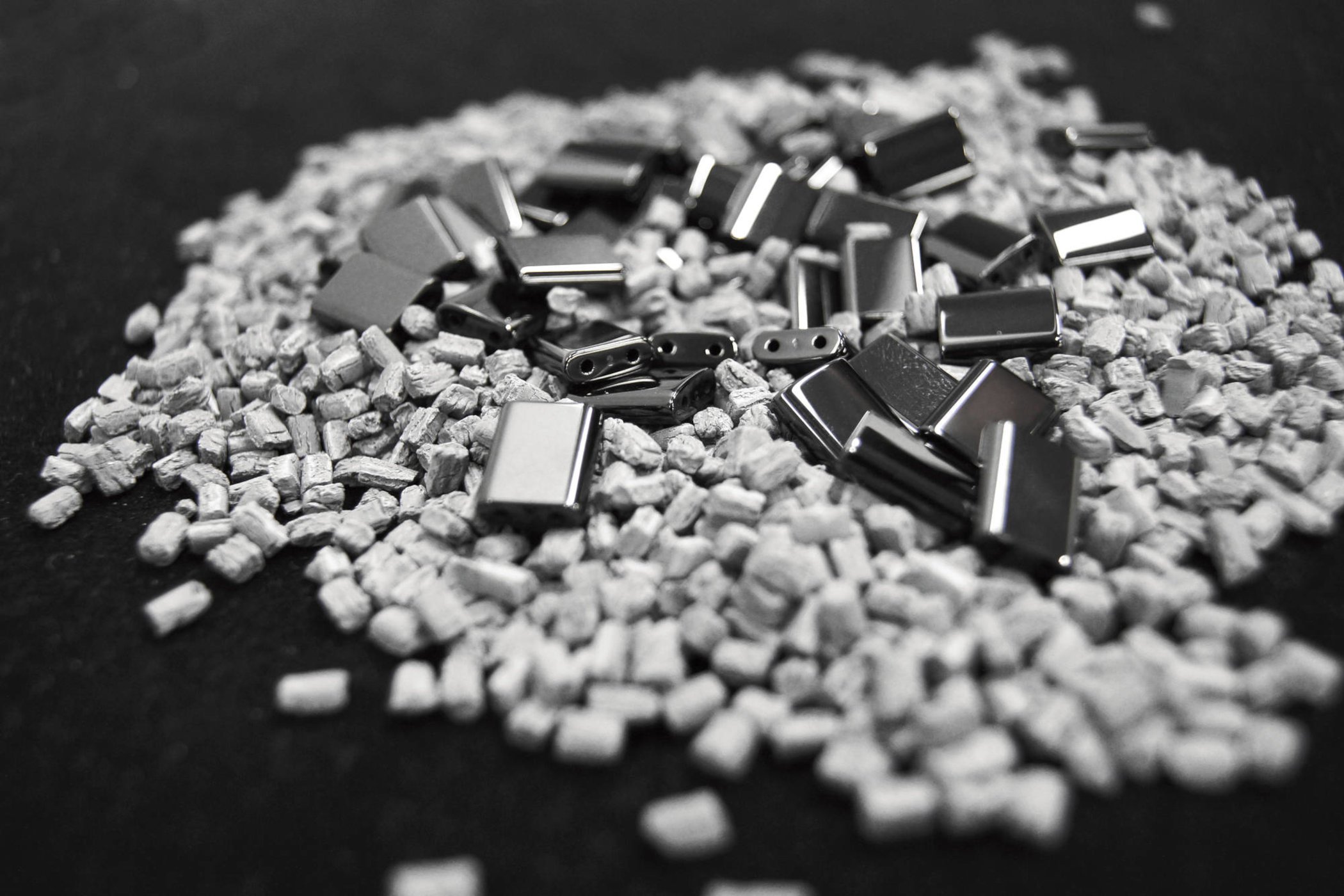

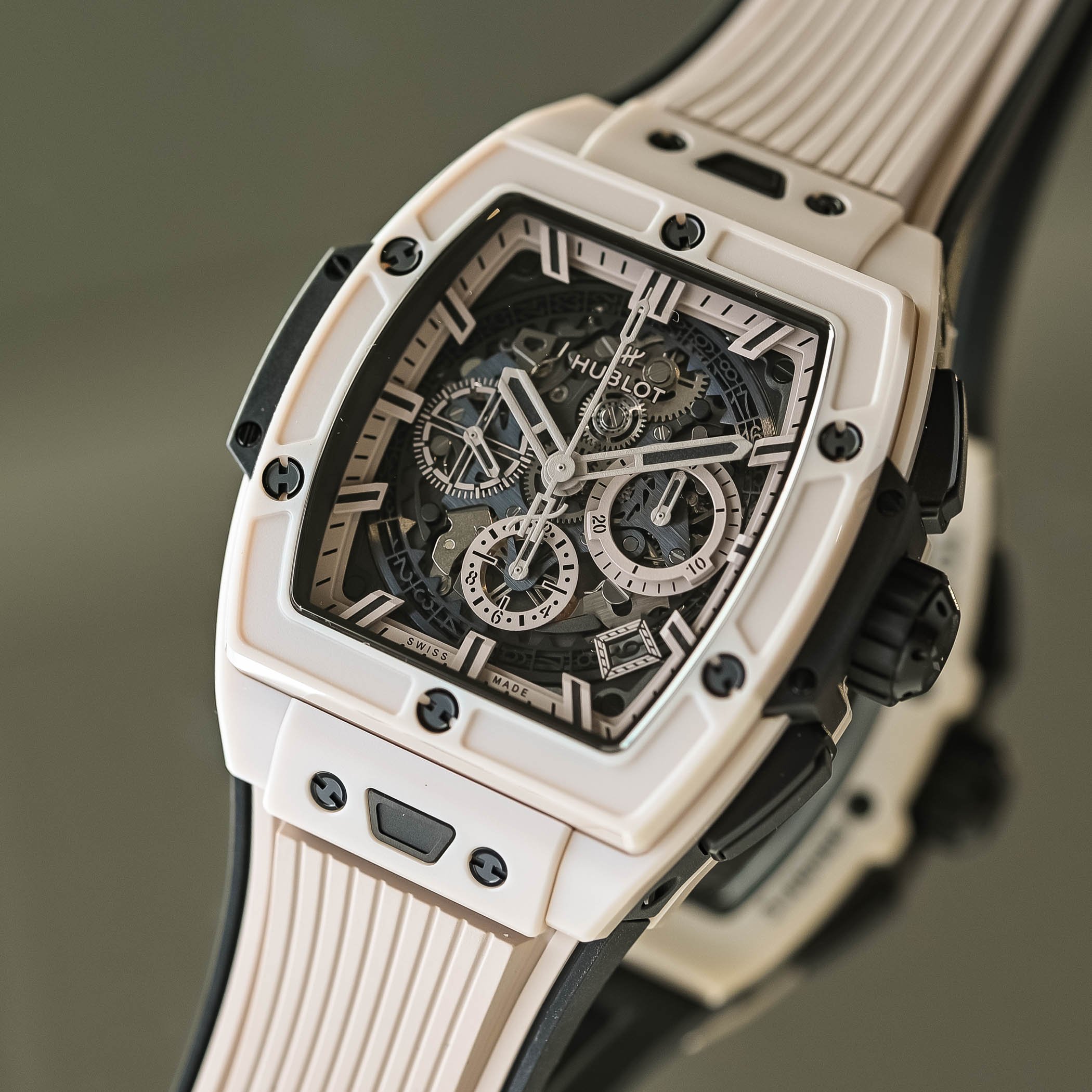
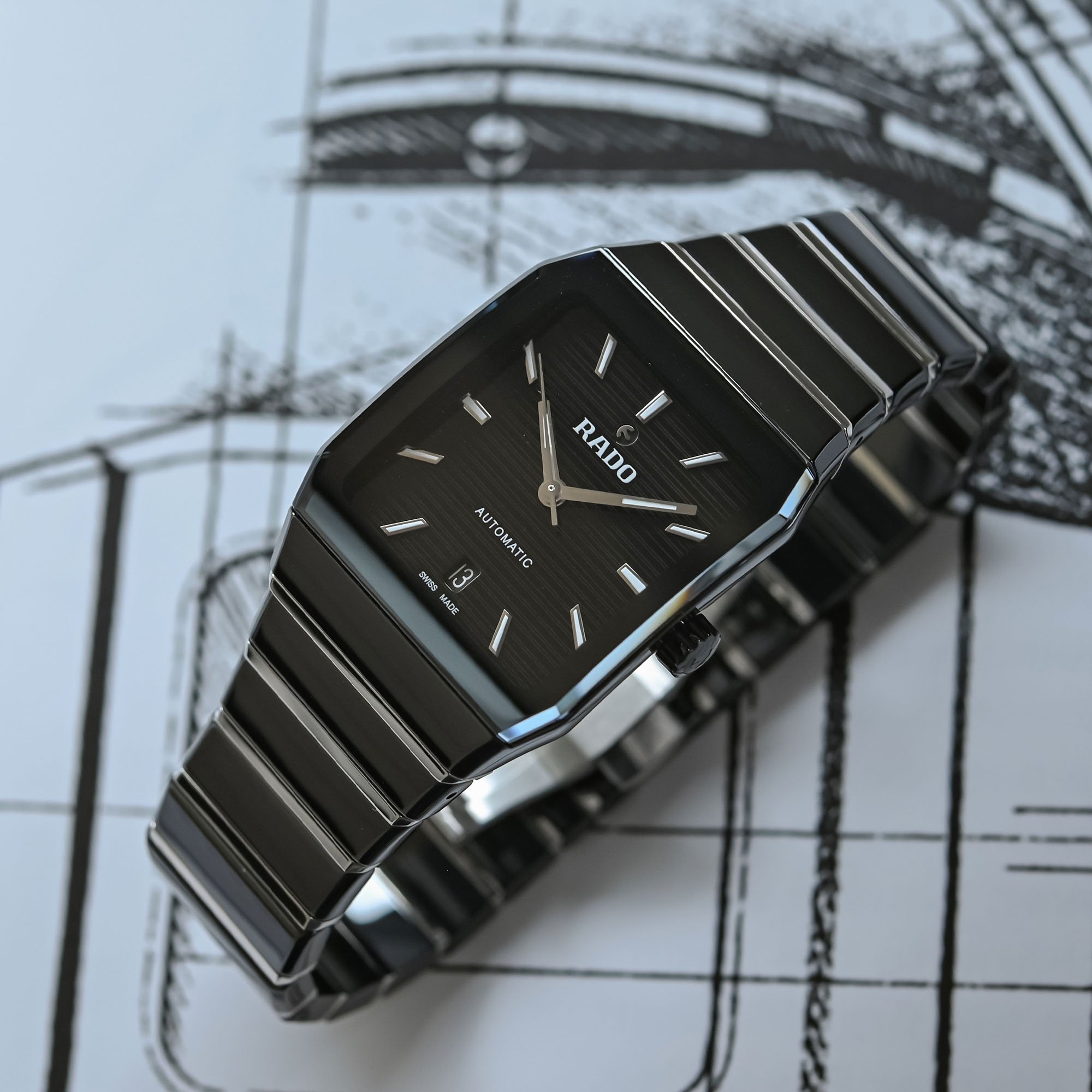
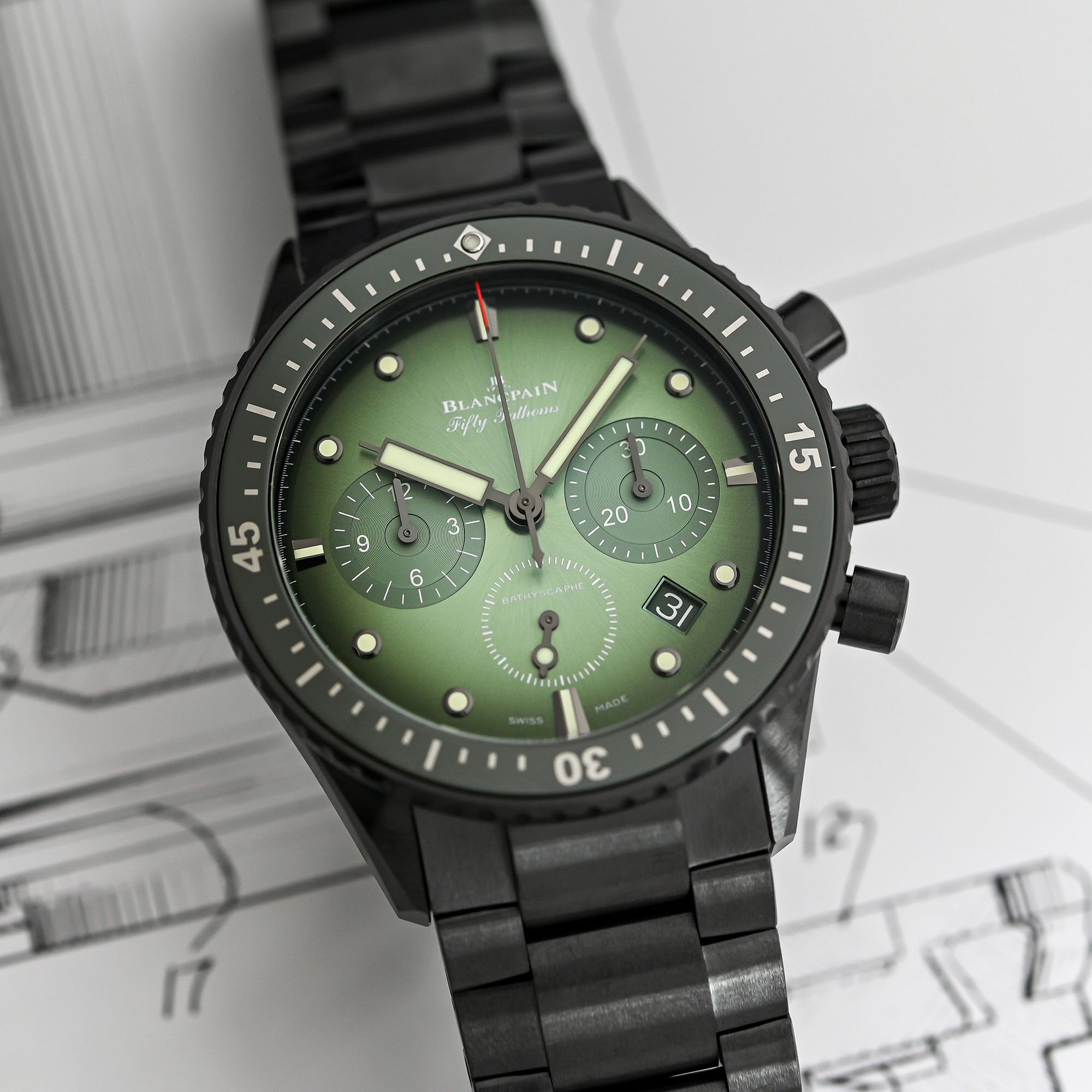
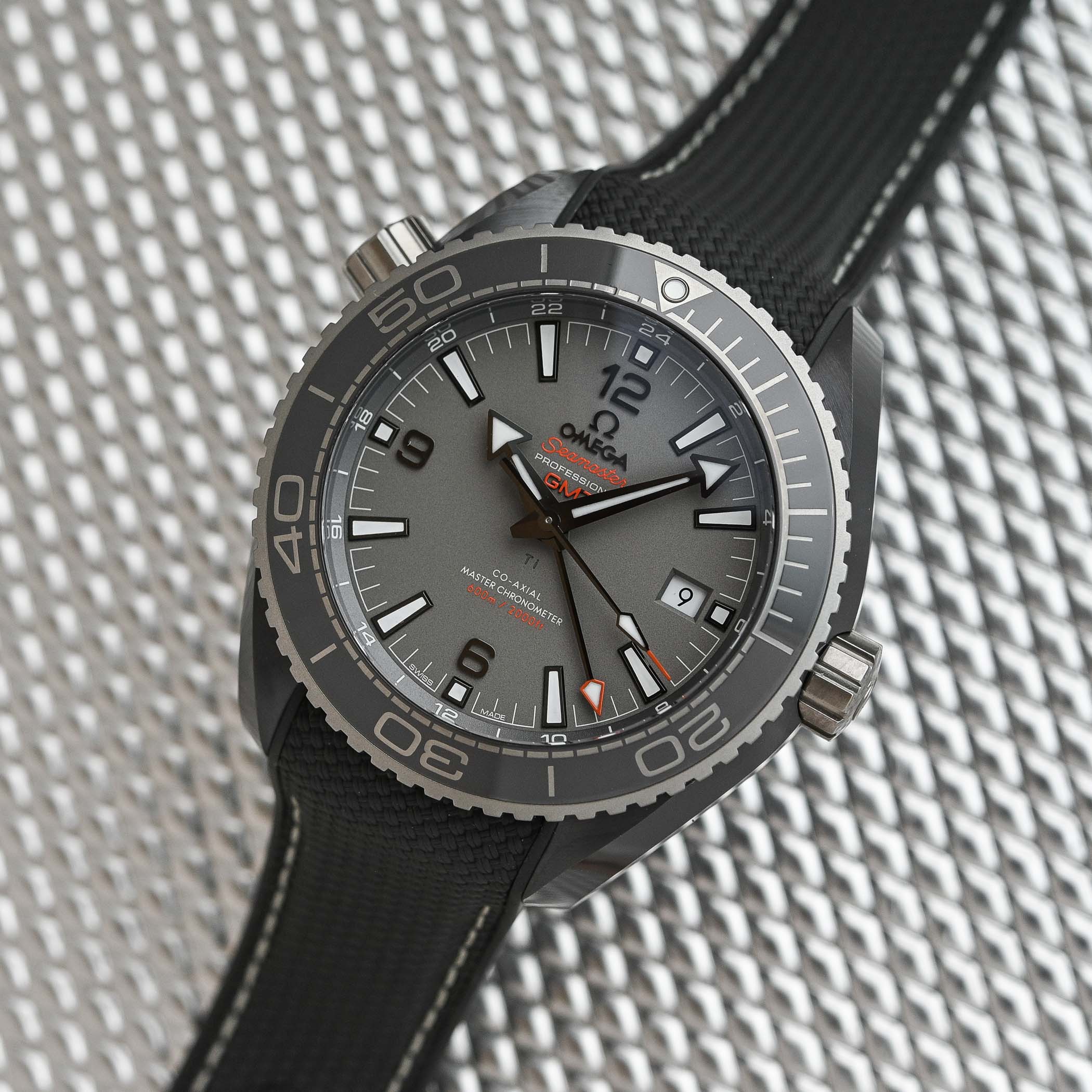

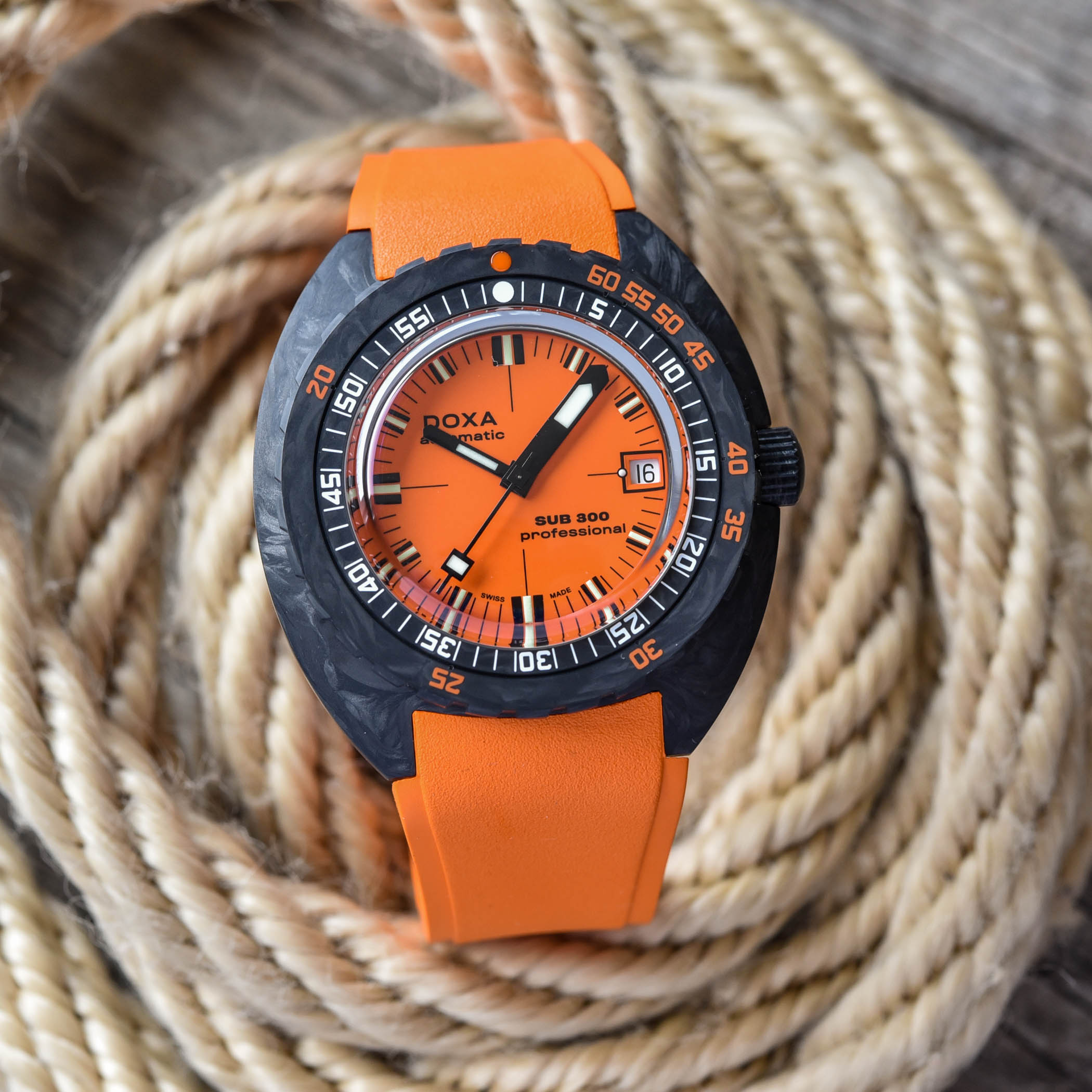
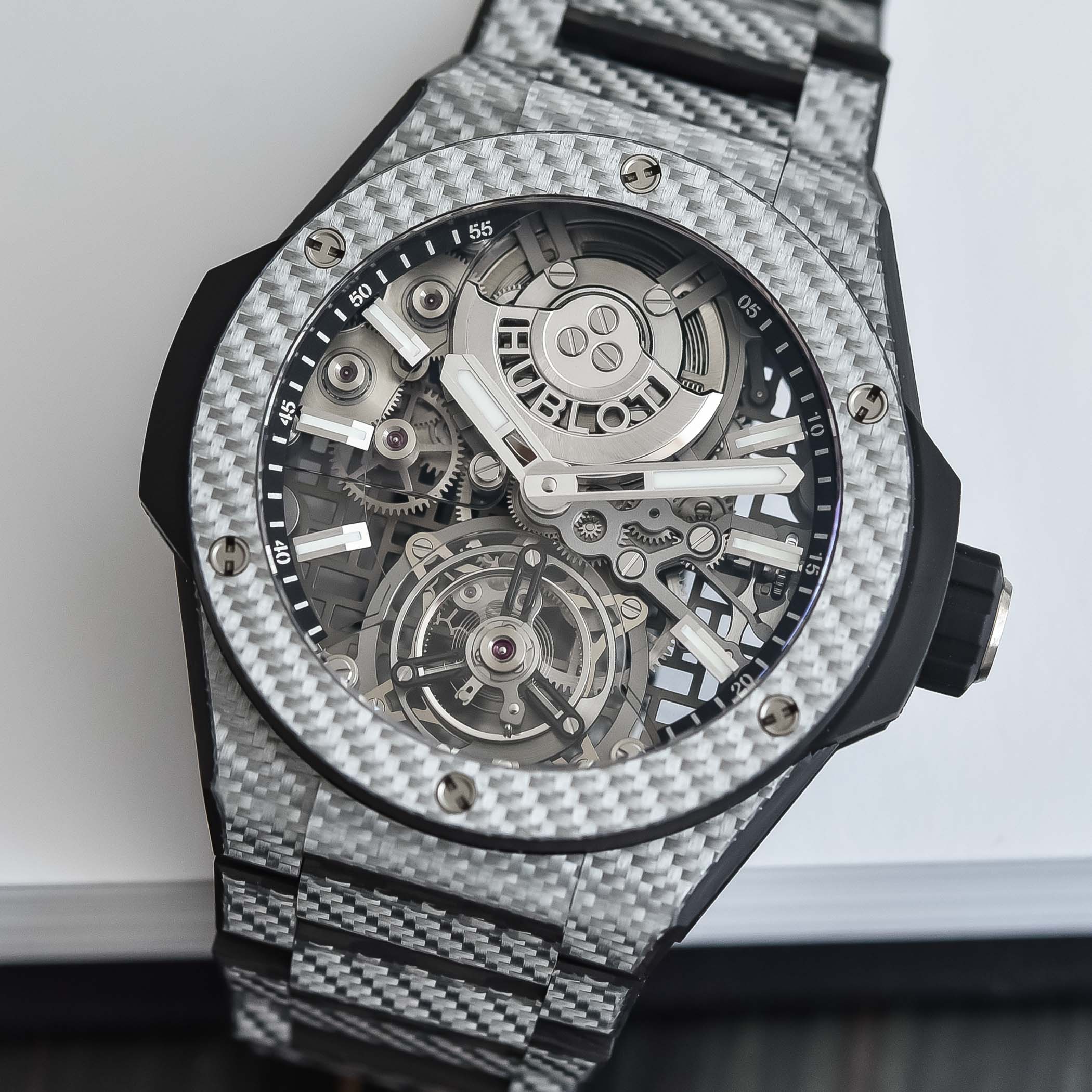
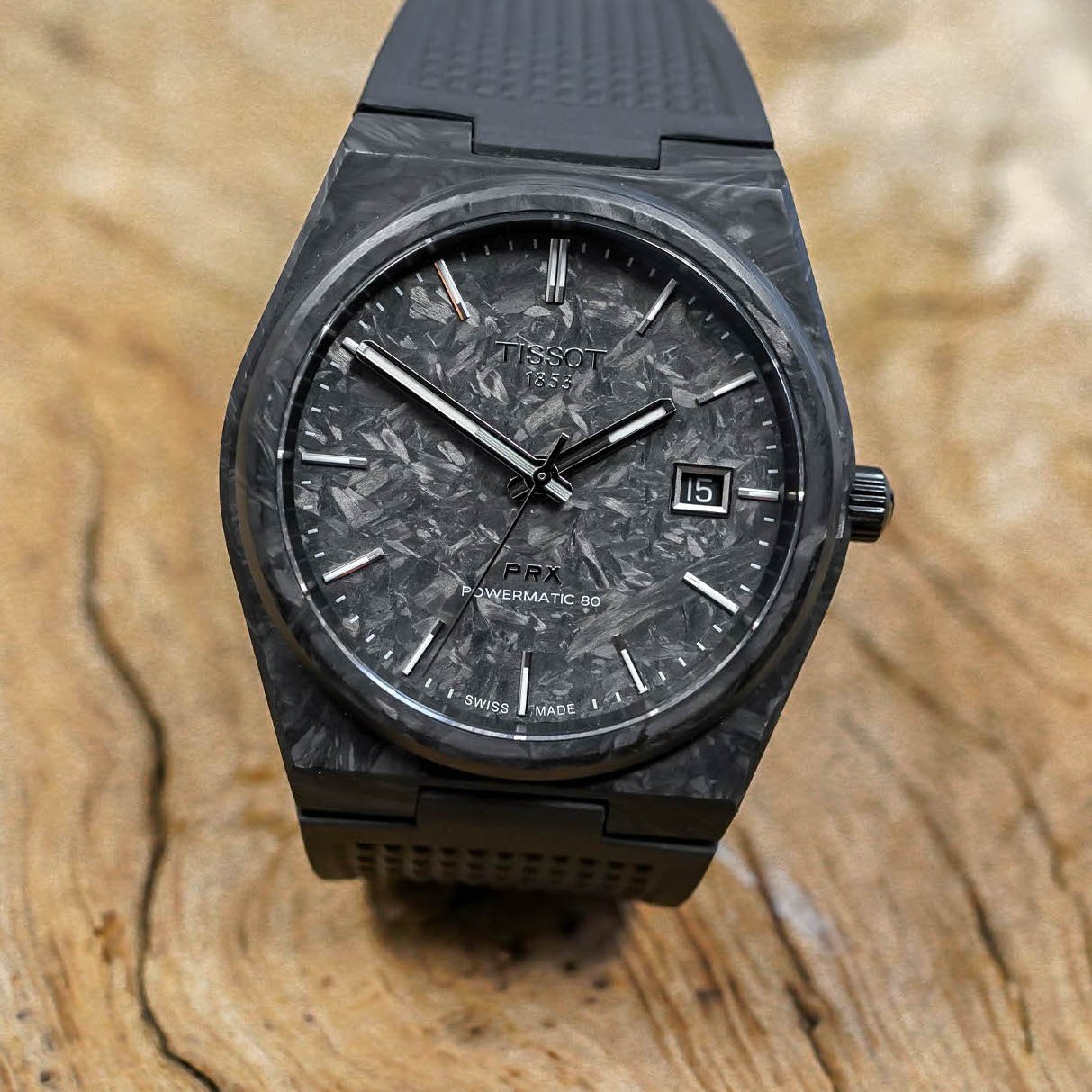
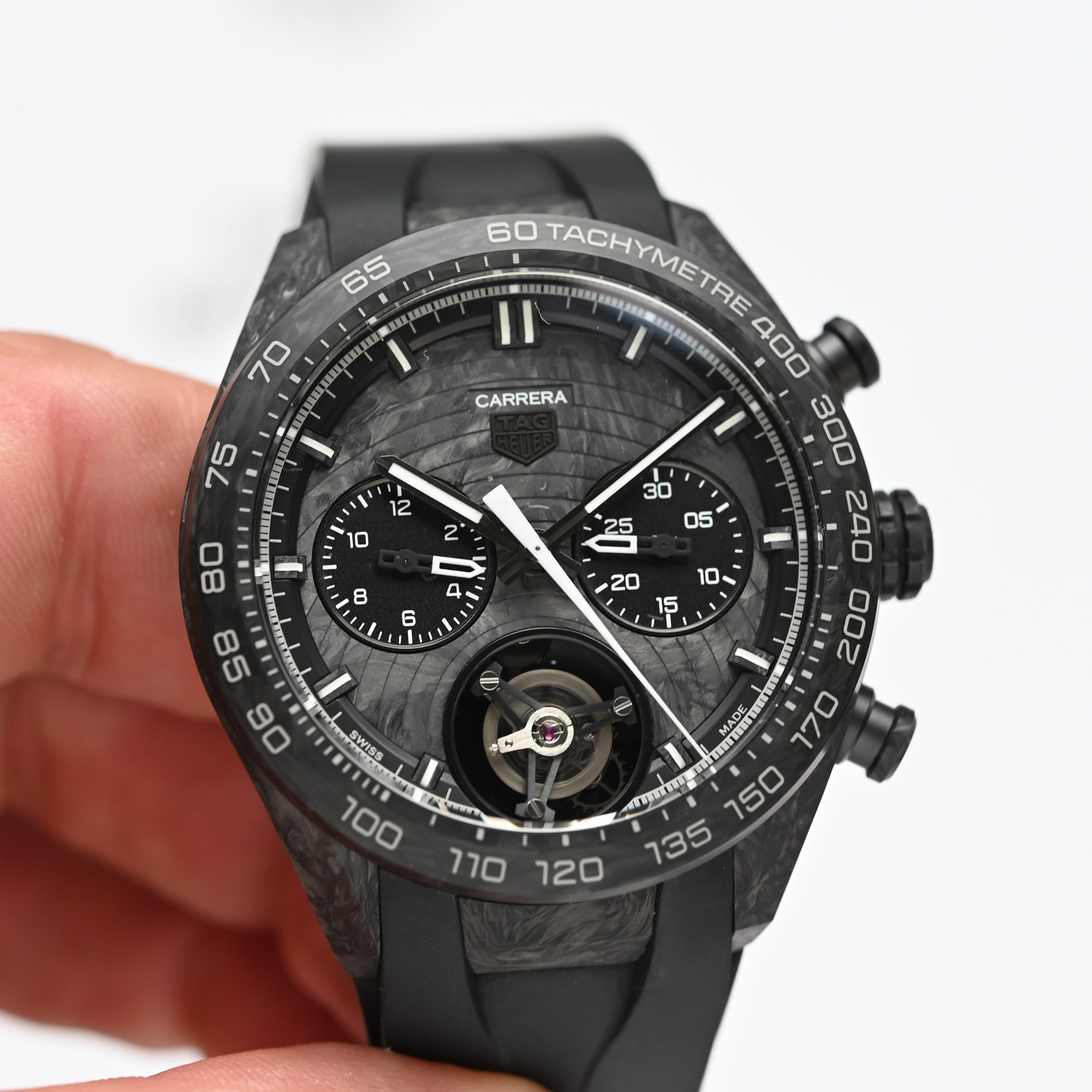
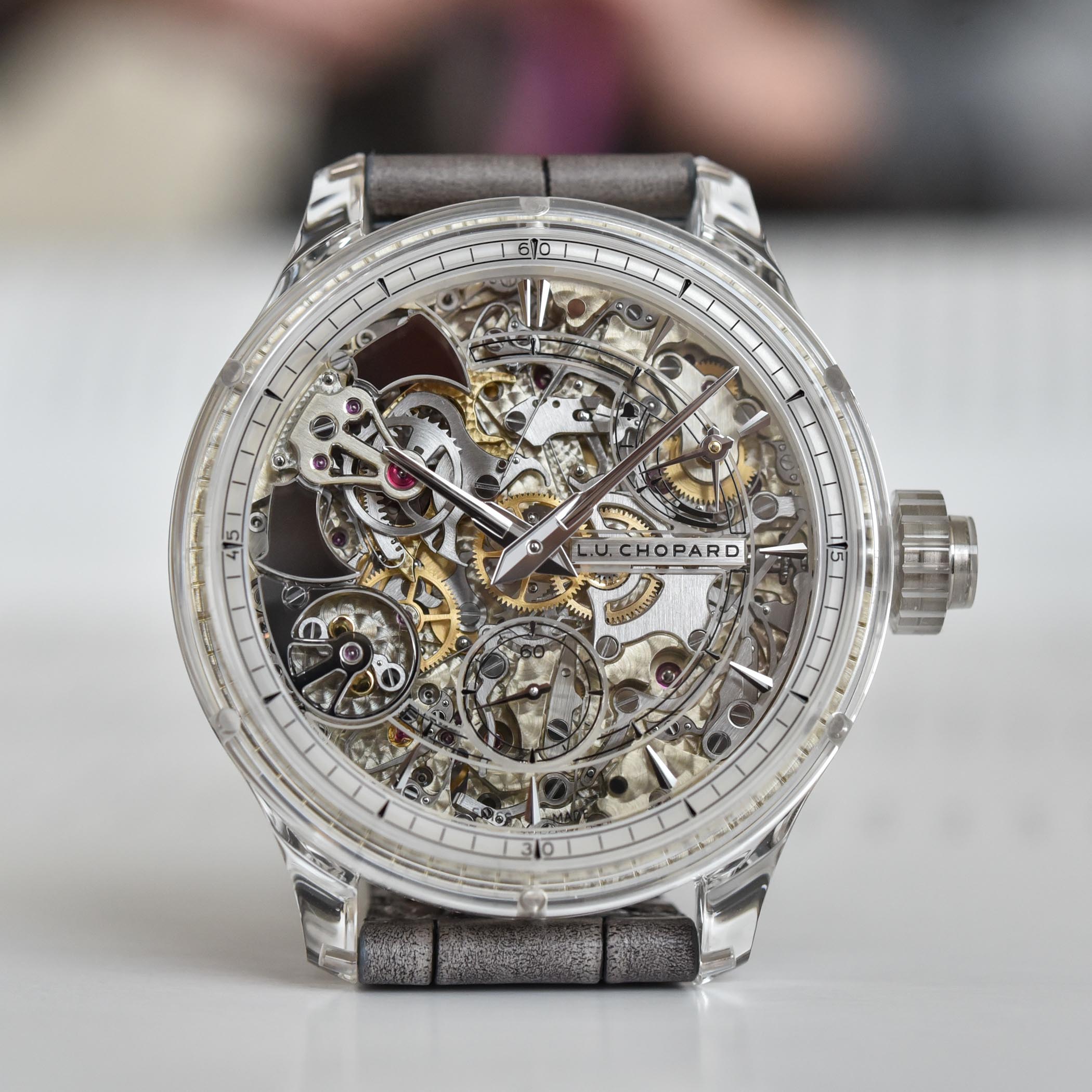
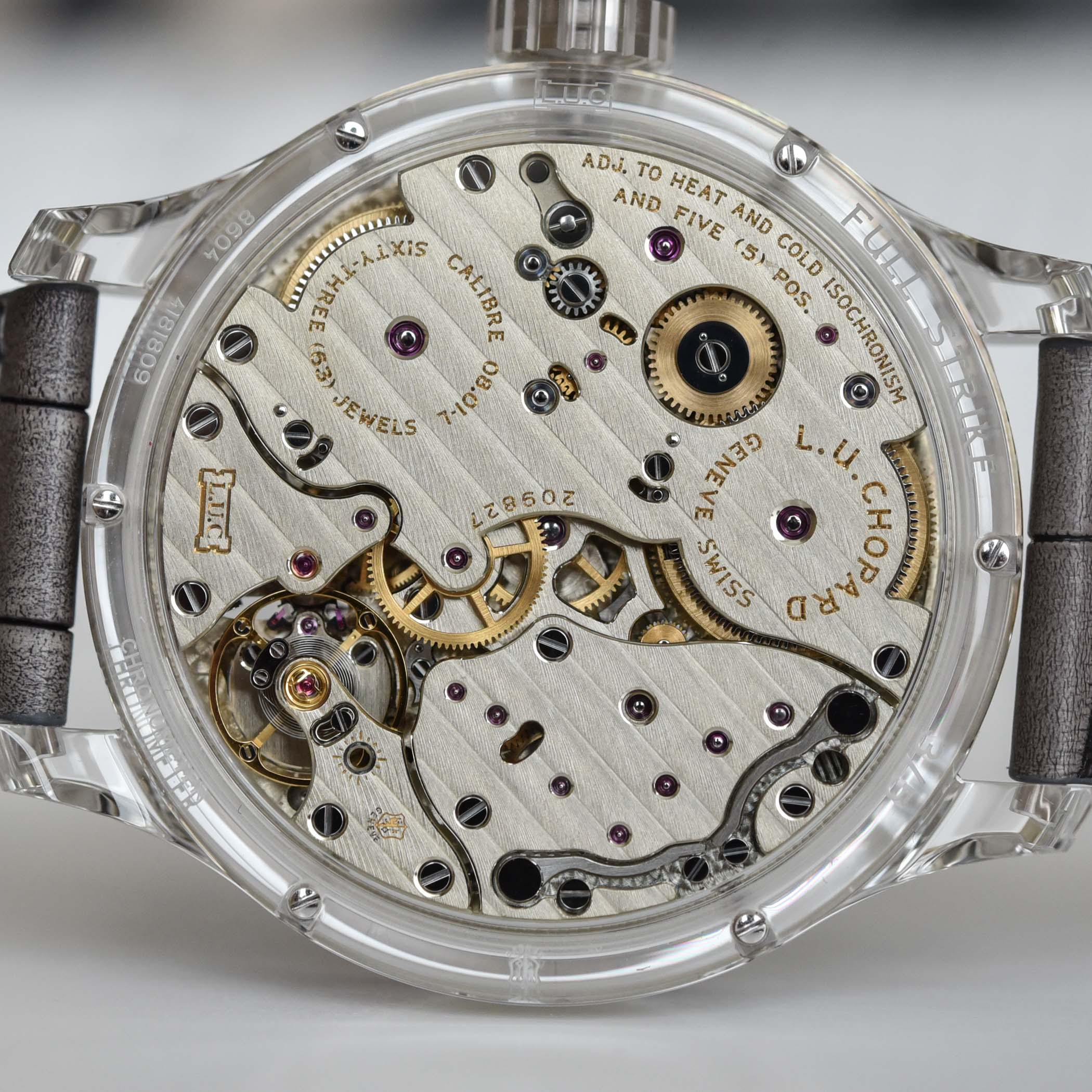
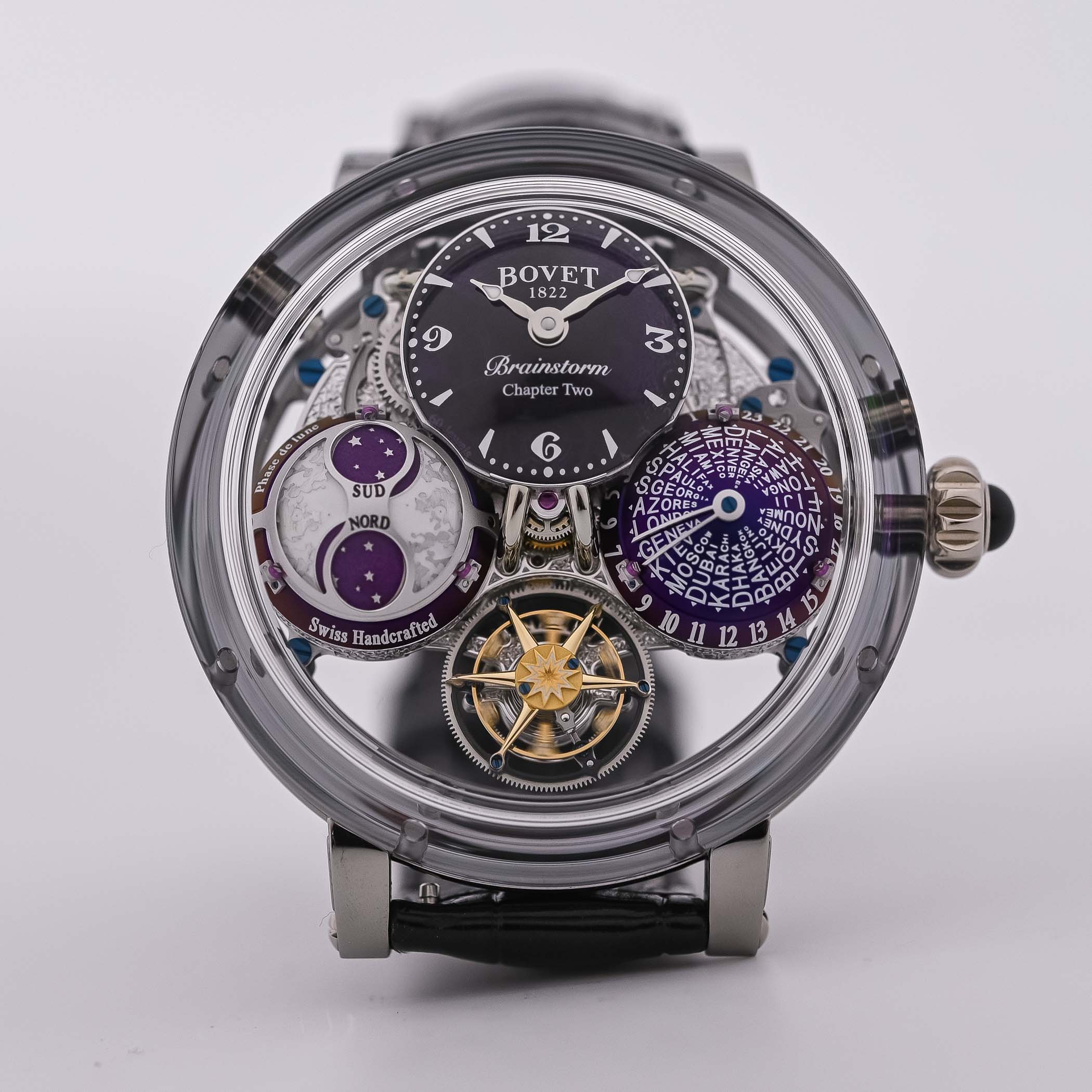
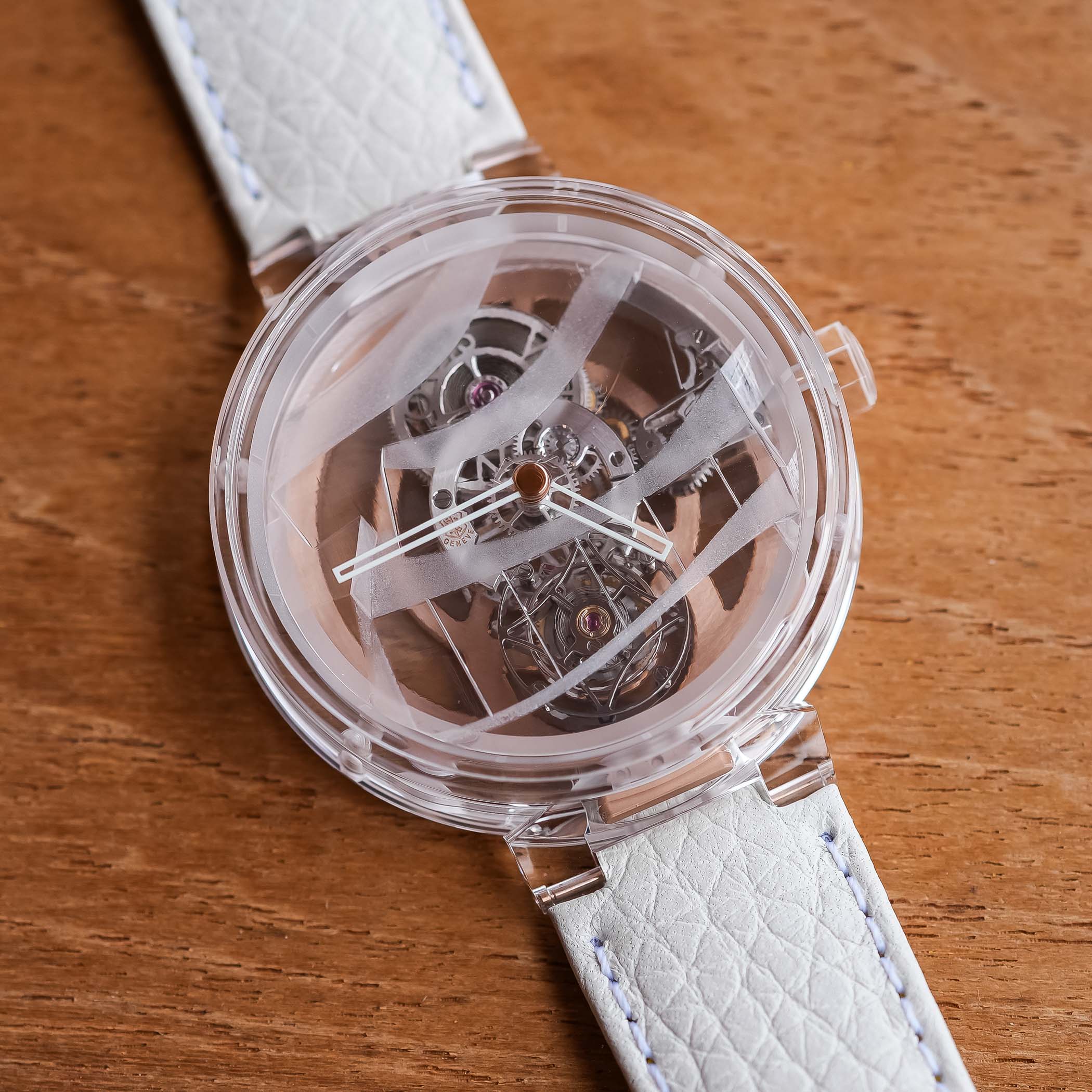
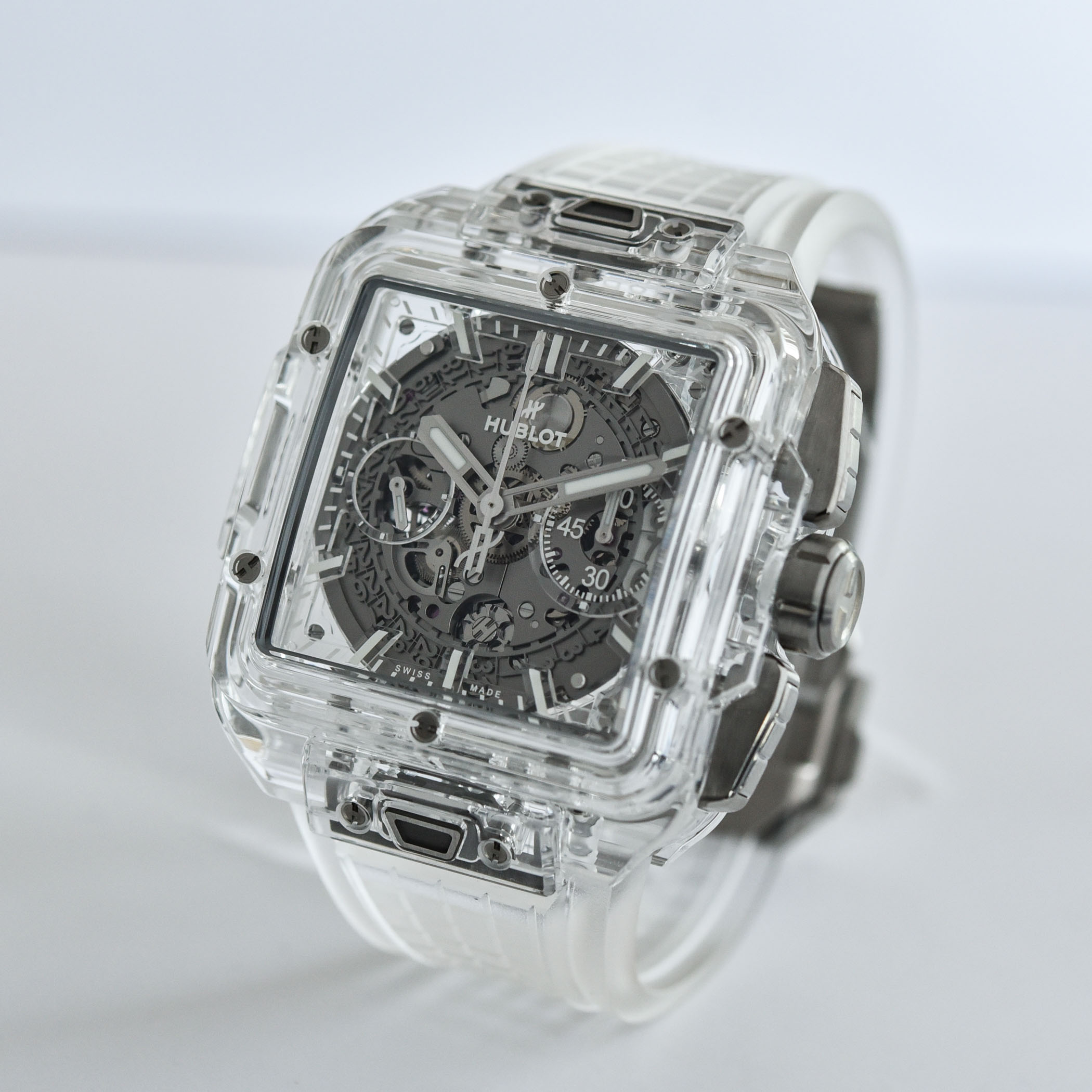
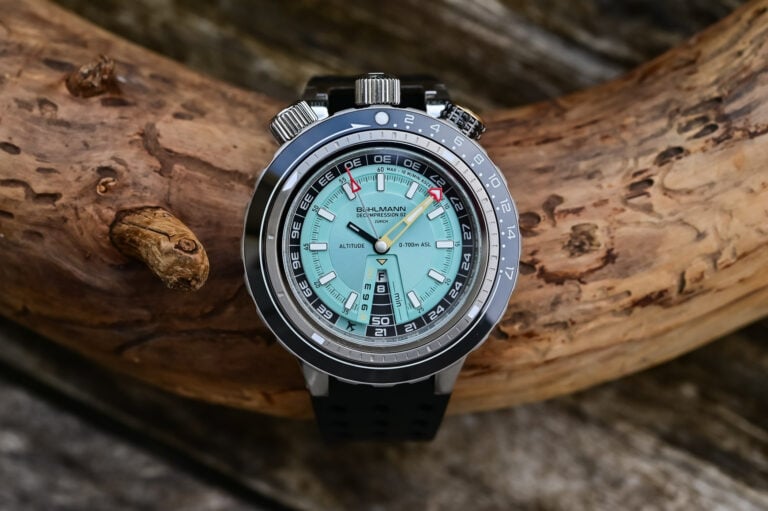
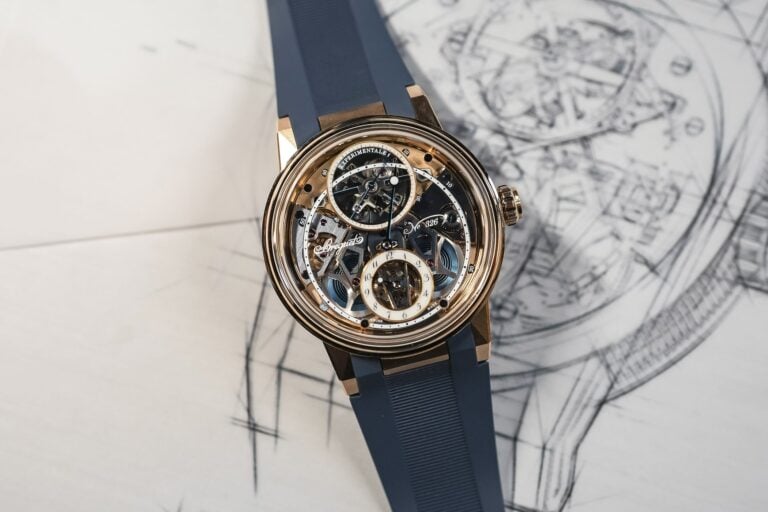
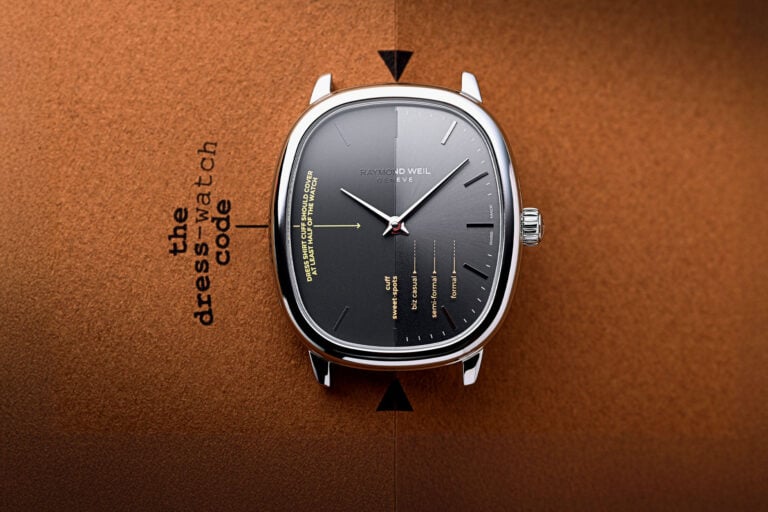
2 responses
You have not included one material—that which was used on one of my watches, “Hercules” by name—the metal Tantalum. This brand not widely known but a high quality Swiss watch. I believe Tantalum has been used on a few other watches though which specifically I can’t say.
@Karl Vauter Yes, tantalum is a rare one for sure. This wasn’t an exhaustive list (there’s also wood, recycled plastic, aluminum, etc.). This highlighted some of the most common and desirable materials beyond the norm. There’s an American brand that’s using tantalum as well, but I don’t think it’s been formally announced yet (so that’s as specific as I can get).